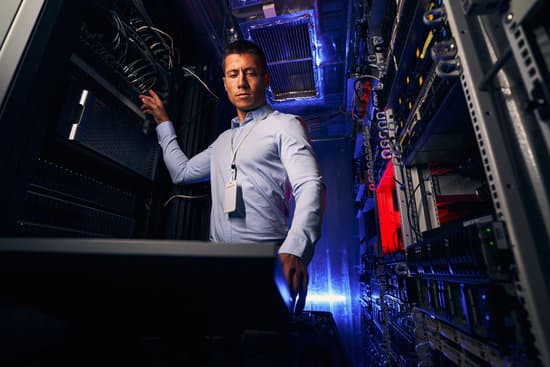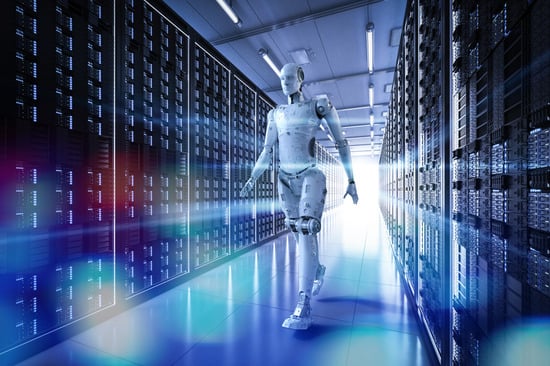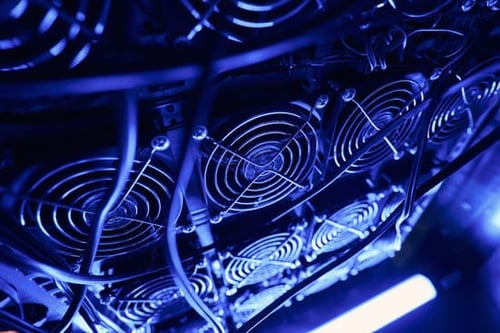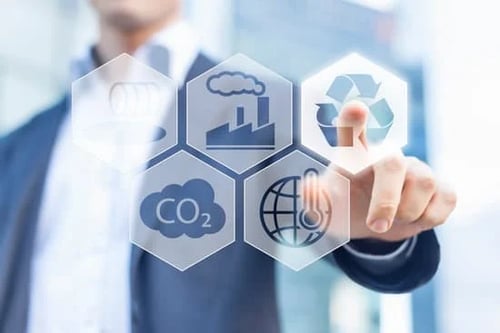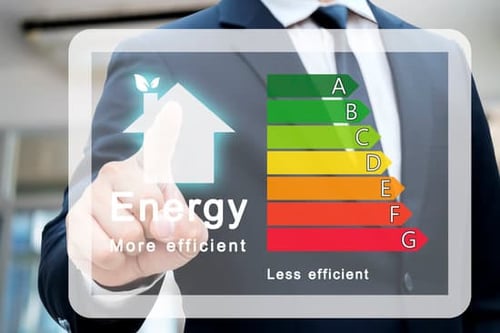
In today’s digital-first world, data centers have become a modern quasi-public utility as their infrastructure -- as much as water, gas, and electricity -- provide the support needed to successfully navigate daily life.
“Access to digital infrastructure is now as essential as any other infrastructure for most of humanity,” Jim Connaughton, CEO at Nautilus Data Technologies, told Data Center Dynamics.
The United Nations even passed a non-binding resolution that considers internet access to be a universal human right.
Data Center Growth to Double Around the Globe
Digital transformation, especially in emerging economies, is driving data center growth around the world with the global data center market expected to more than double in the next seven years from $49.9 billion to $112.5 billion.
This growth, however, comes at a time when sustainability concerns have governments and companies worldwide, pledging to achieve net-zero emissions of greenhouse gases.
In some cases, data center construction dotting the horizon are not being cheered in all quarters.
“Unfortunately, even when it’s for the greater good, inherently, human beings don’t like change, which can make placing data centers into communities – which are required for internet access – somewhat challenging,” wrote Claire Fletcher in a sustainability column for Data Center Dynamics. “This is amplified that despite recent efforts for change, data centers have gained a reputation for being noisy, unsightly, power-hungry, water-guzzling behemoths that left unchecked, become part of the overall pollution problem and detriment to the planet.”
Data Centers: New Engines for Sustainability
Much like the title character in the movie “Shrek” – who goes from misunderstood ogre in the opening to a hero by the closing credits – data centers dark reputation may not be warranted.
In fact, Fletcher argues that these new data centers may pave the way to meet ambitious net-zero emission goals of the future.
“Data centers are in fact one of the most important new engines for sustainability,” writes Fletcher. “They are the plumbing that undergirds smart cities, smart transportation, smart grids, telemedicine, and remote education; essentially, they underpin the world’s digital future.”
One of the keys will be the planning of data centers in coordination with other new initiatives to improve water and electricity sustainability.
“Since this is a fundamental utility infrastructure that’s being built out, it’s important to think about building it in tandem with other new infrastructure, thinking about future renewable electricity, and the extra water treatment that’s going to be needed,” Arman Shehabi, research scientist at Lawrence Berkeley National Laboratory, told Fletcher. “As they’re being put into different communities, we need to be thinking how data centers can come in and actually make the electricity and water in that area cleaner.”
Developing a Data Center Sustainability Scorecard
Sustainability in the spotlight means the data center industry needs to hone in on how it will measure its sustainability efforts.
“Today, there are a plethora of metrics from which to choose, but the industry lacks a comprehensive framework,” writes Steven Carlini in Forbes.
The Uptime Institute says that “The global growth of data center capacity has led to higher scrutiny of resource use by customers, pressure groups, media and, more recently, policymakers. Data center environmental sustainability is now a concern for more senior executives and also for more data center equipment makers, some of which are responding by changing their approaches and products.”
The Uptime Institute asked which IT or data center metrics you compile and report for corporate sustainability purposes and found:
- IT or data center power consumption: 82 percent
- PUE (Power Usage Effectiveness): 70 percent
- Water use: 51 percent
- Server utilization: 40 percent
- IT or data center carbon emissions: 33 percent
- E-waste or equipment life cycle: 25 percent
Data Center Sustainability Trend: Reduce Water Usage
A data center sustainability trend to watch is reduced water usage.
“A growing number of municipalities will permit new data center developments only if they are designed for minimal or near-zero direct water consumption,” says the Uptime Institute. “These types of rules will heavily influence facility design and product choices in the future, mandating cooling equipment that uses water sparingly (or not at all).”
As for those nearly 50 percent that currently do not track water usage, reasons given were:
- There is no business justification for collecting water usage data: 63 percent
- The cost is so low that it is not routinely collected: 26 percent
- We do not have the technical capability to collect: 23 percent
- We have unmetered/fixed price access to water: 17 percent
Nautilus Data Technologies has a California project where no water is consumed. The facility uses a liquid heat sink in a closed system of pumps and pipes.
“Technology now exists that can more affordably get rid of that entire footprint. Like anything else in society, once you've got a more affordable alternative, that's environmentally a lot better and can support a higher level of performance, you should be moving to it,” says Nautilus’ Connaughton.
Data Center Digital Design Could Aid Sustainability
Carlini says that digital design is not only speeding up data center design and construction but that the technology could lead to increased sustainability.
“Digital twin software can be used by designers to model the electrical powertrain for availability, efficiency, and sustainability,” writes Carlini.
Data center designers and contractors will have the opportunity to substitute components and subsystems based on their energy efficiency, or environmental impact.
Edge Computing Will Pose Sustainability Questions
“The ability to reduce, reuse and recycle technologies deployed at the edge will be an important consideration in 2022 and beyond as the adoption of edge computing grows,” writes Carlini. “Edge deployments may be smaller than traditional data centers, but the scale and volume at which edge infrastructure is likely to be deployed demands its environmental impact be minimized.”
Carlini expects cooling in these mostly unmanned edge data centers to be a sustainability issue with new liquid-cool architecture such as direct-to-chip liquid cooling and chassis-based immersive cooling emerging as a trend.
Data Center Systems (DCS) has helped to provide reliable, scalable, high-performance connectivity to some of the largest data centers in the world. Contact DCS today for storage and network connectivity solutions that can power your business.
Subscribe to News
Recent posts
LATEST NEWS
Friday June 16, 2023
Friday September 15, 2023

